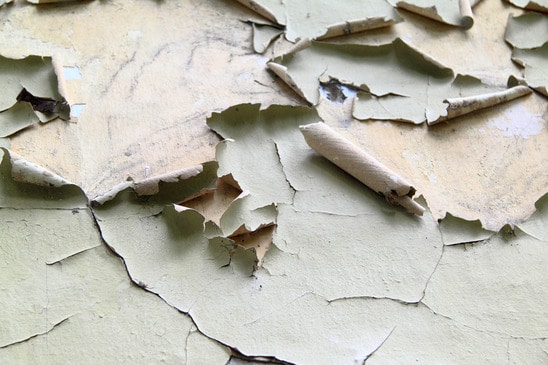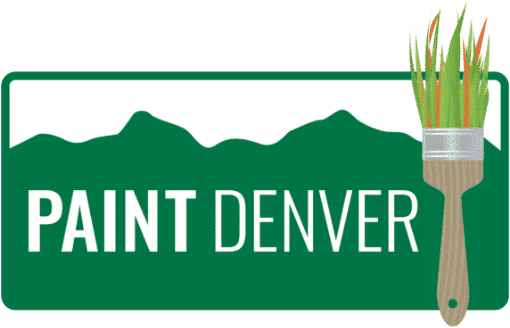Paint Mistakes on the Exterior of Your Home
Painting the exterior of your home is one of the most important investments you can make for your property. However, paint mistakes on the exterior of your home can cause unwanted problems and expensive and, worst of all, can ruin the look of your home.

Tips For Choosing Exterior Paint Color
Here are a few of the most common causes for paint failure and how to correct them:
Moisture
The most common cause of paint failure is moisture from rain, dew, and other sources of moisture that move to the inside of the house. Moisture can result in cracking, peeling, and discoloration of the exterior paint.
Proper construction and maintenance will eliminate most exterior water problems, but some are inevitable. Ice dams on roofs as well as clogged and unmaintained gutters can be culprits of moisture problems.
Interior moisture from water vapor and humidifiers can soak into the siding and create blistering and peeling. Venting high humidity areas of your home should help with interior moisture.
Blistering
Temperature blisters occur only in the last coat of paint, and are caused by a rapid rise in temperature. To prevent temperature blisters, avoid painting surfaces that will soon be heated. Thick coats of paint are more likely to blister than white paints or thin coats.
Moisture blisters occur from water moving to the outside. Damage appears after spring rains and throughout the summer, and they only way to avoid them is to eliminate the moisture problem.
Prior to hiring a contractor, you should make note of all of the paint failures of your home. This way you can ask your painting contractor how to prevent them from recurring!
For more help on exterior painting in Denver.
